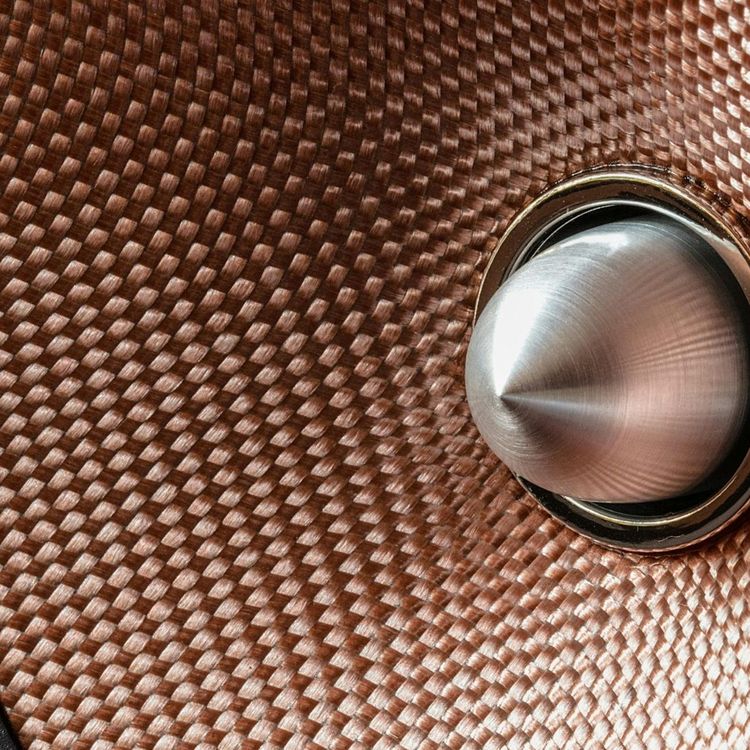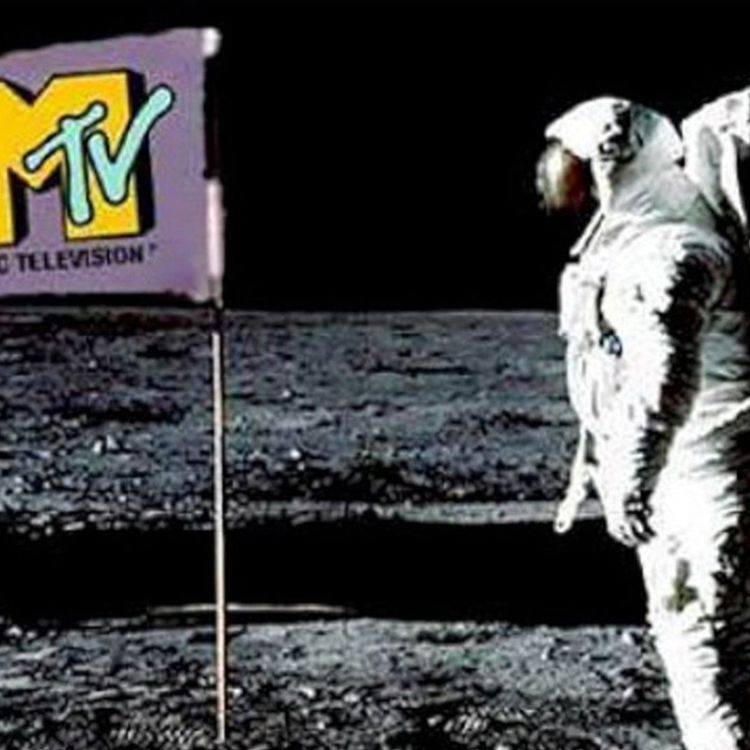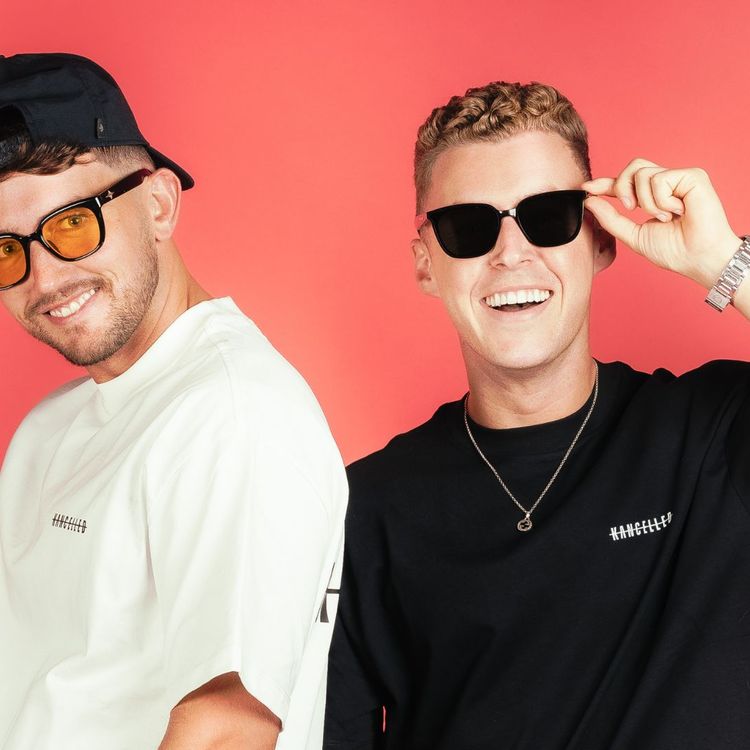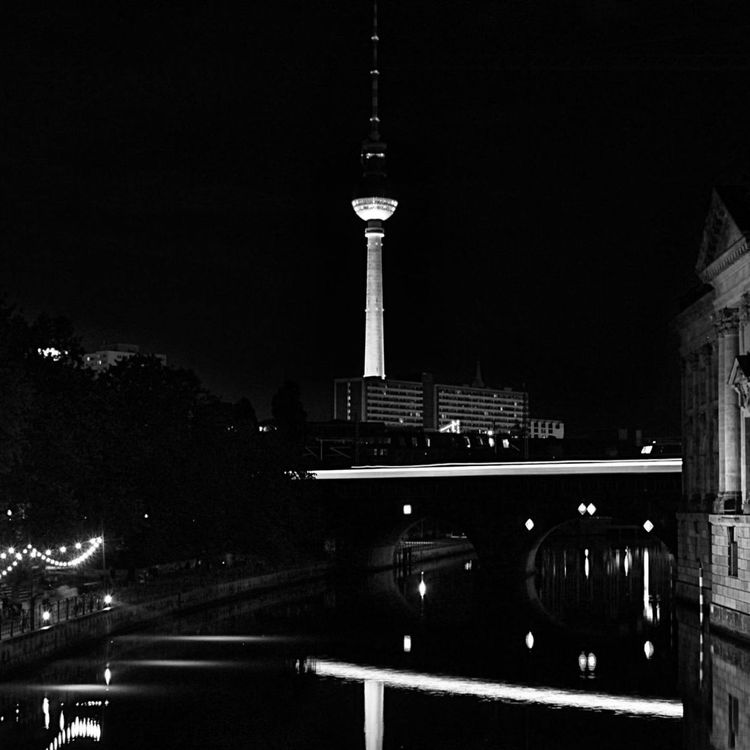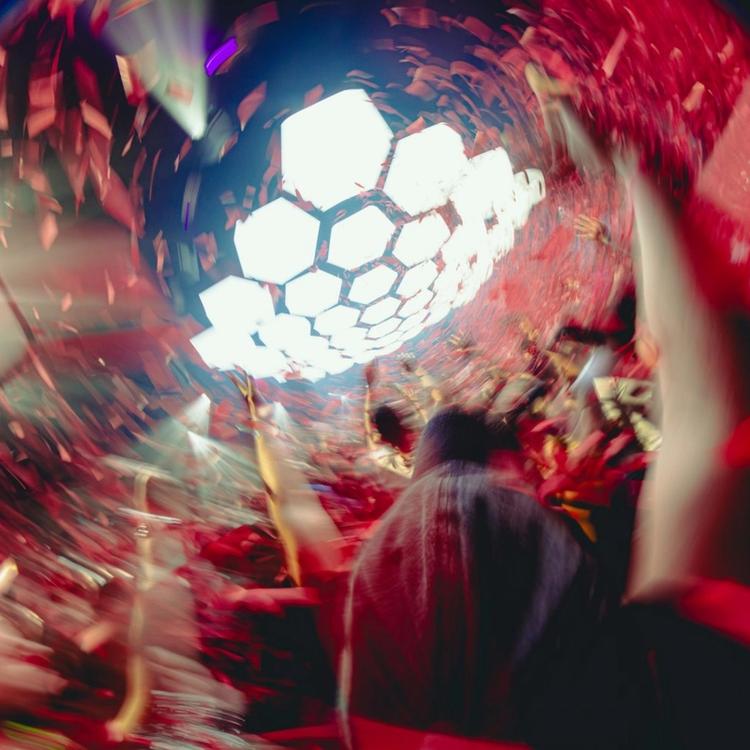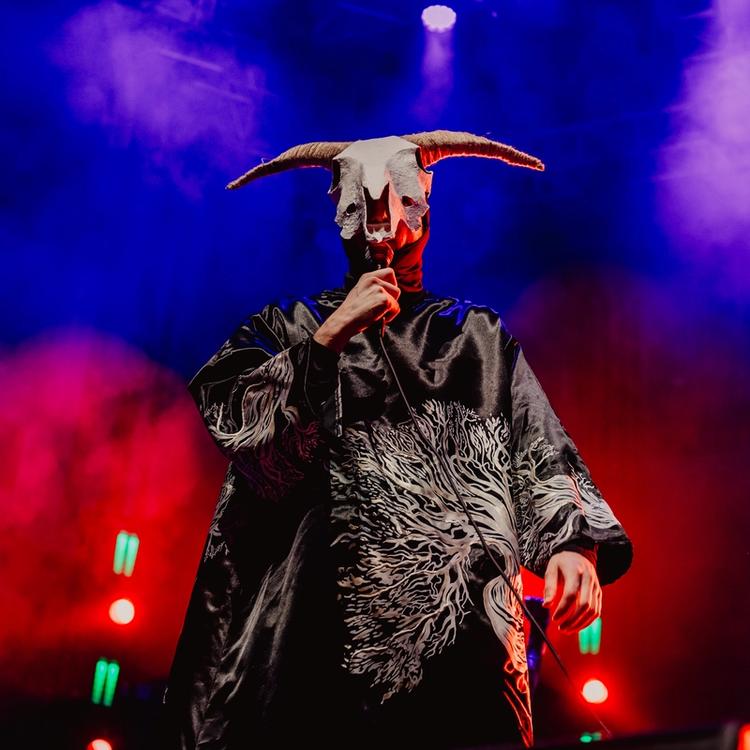How Techno Hit The Island. Who Brought the Sound and Where?
Ibiza's journey to becoming a global techno capital is a story filled with innovation, rebellion, and endless reinvention. Beginning quietly in the eclectic soundscape of the 1980s, techno emerged as a powerful force, forever altering the island’s musical identity.
In the late 1980s, Ibiza was a melting pot of sounds, thanks to DJs like Alfredo Fiorito at Amnesia, who introduced a style famously known as the Balearic Beat. His eclectic sets blurred genres, weaving together rock, pop, house, and even early techno from Detroit. Alfredo’s innovative approach captivated British DJs Paul Oakenfold, Danny Rampling, and others, who exported this style back to the UK in 1988, sparking Britain’s acid house revolution. Among Alfredo’s influential tracks was Derrick May's seminal "Strings of Life," a Detroit techno classic that would foreshadow the island’s techno destiny.
As the island exploded in popularity in the early 1990s, techno began making deeper inroads into Ibiza’s nightlife, driven largely by international DJs hungry to test this exciting sound on eager audiences. A key figure in this transformation was British DJ Carl Cox, whose arrival in 1991 significantly shaped Ibiza's techno landscape. Known for high-energy, rapid-fire techno sets at venues like Space and Amnesia, Cox set a new standard, introducing thousands of clubbers to a harder, edgier electronic experience.
Yet, throughout much of the '90s, techno remained somewhat underground, overshadowed by house and trance. It took until the legendary summer of 1999 for techno to finally claim its rightful place. That year marked the launch of two seminal events: Cocoon and Circoloco. Sven Väth, a German DJ deeply influenced by his early visits to Ibiza, introduced Cocoon at Amnesia. This was Ibiza’s first weekly techno residency, a daring move at a time dominated by uplifting house and commercial trance. Cocoon quickly established itself as a techno powerhouse, drawing legendary names like Richie Hawtin and Ricardo Villalobos, and becoming synonymous with Ibiza’s techno culture.
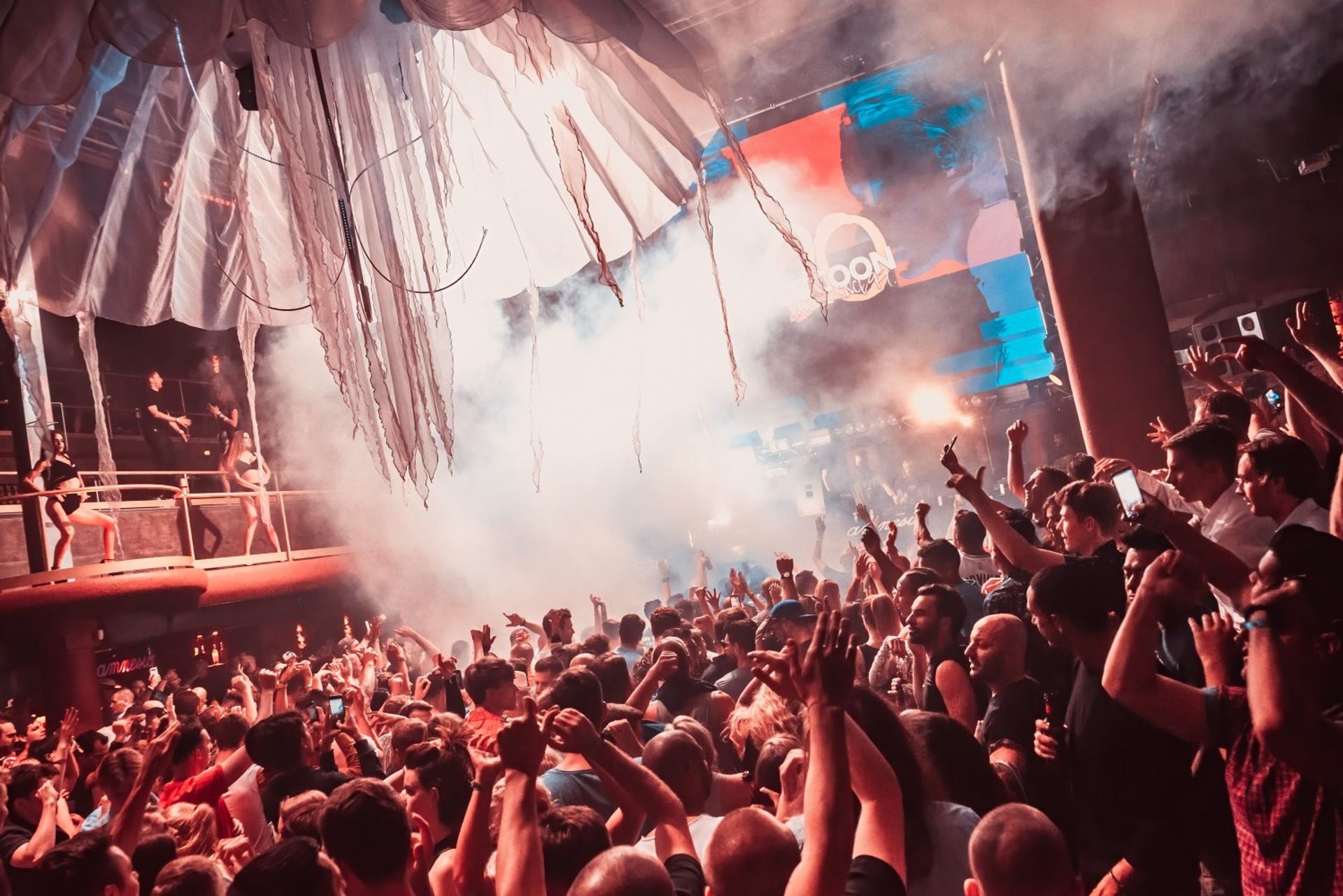
Meanwhile, DC10, a former farmhouse near the airport, hosted the first Circoloco party - a raw, stripped-down after-hours event emphasizing pure underground vibes. Initially drawing just a handful of hardcore clubbers, Circoloco quickly developed a cult following thanks to resident DJs like Tania Vulcano, who mixed tribal and minimal grooves, creating an authentic underground experience. Circoloco's gritty ethos stood in stark contrast to Ibiza’s glossy clubs, solidifying its reputation as a bastion of authentic techno.
Entering the 2000s, Ibiza's techno scene expanded significantly. Cocoon’s Monday nights became legendary events, showcasing both international stars and emerging Spanish DJs such as Paco Osuna, who gained worldwide recognition through the platform Sven Väth provided. Similarly, DC10's Circoloco nurtured global techno stars including Luciano and Loco Dice, who honed their craft on its minimalist terrace.
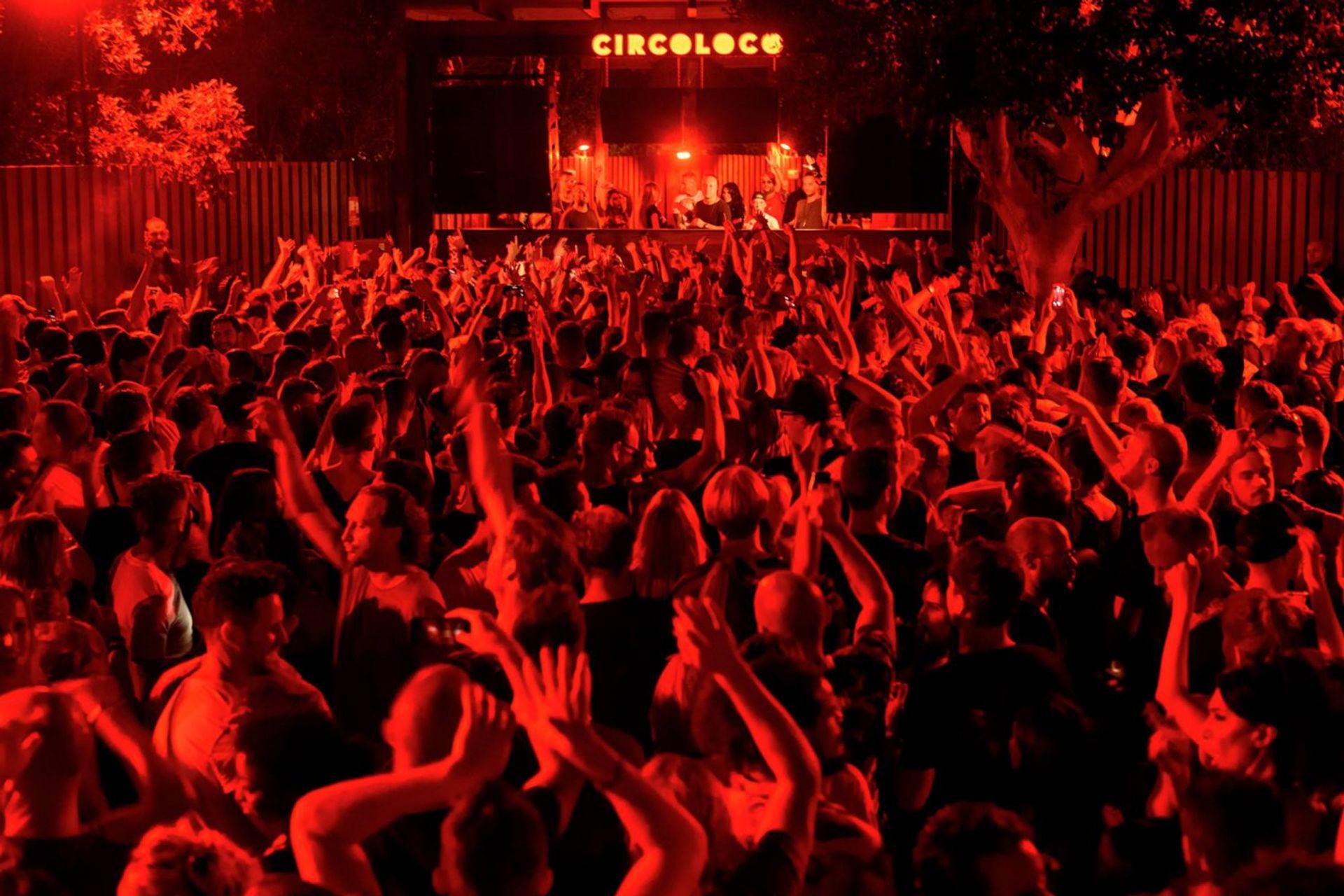
This decade also witnessed the rise of minimal techno, propelled by artists like Richie Hawtin, whose stripped-back sound profoundly influenced the island's club scene. Meanwhile, Carl Cox launched his iconic residency "Music Is Revolution" at Space in 2001, becoming a Tuesday-night institution. Cox’s 15-year run significantly mainstreamed techno, firmly embedding the genre in Ibiza’s clubbing DNA.
Techno’s momentum accelerated even further into the 2010s. In 2012, Richie Hawtin introduced ENTER. at Space, a groundbreaking concept that married techno with immersive experiences and artistic innovation. That same year, Marco Carola’s Music On residency at Amnesia began dominating Friday nights, blending deep tech-house sounds with pure techno beats. Jamie Jones's Paradise at DC10 further expanded the underground palette, ensuring techno dominated Ibiza’s nightlife multiple nights a week.
The late 2010s saw techno become more prominent than ever, penetrating even traditionally house-centric venues like Pacha, where artists like Solomun blended melodic techno into mainstream clubbing. Residencies like Resistance at Privilege brought global techno heavyweights to the island, underscoring techno’s broad appeal.
Today, techno continues to thrive on Ibiza. Despite pandemic setbacks, clubs roared back, with Circoloco celebrating over two decades of existence, Cocoon marking its 20th anniversary with special events, and newer parties like Tale Of Us’s Afterlife and Amnesia’s Pyramid carrying the torch forward. Tech-house extravaganzas such as Paradise and Elrow further demonstrate the genre’s adaptability and ongoing popularity.
Ibiza’s techno journey - from Alfredo’s pioneering Balearic mixes and Carl Cox’s high-octane sets, through Sven Väth's daring Cocoon residency and the gritty authenticity of Circoloco - demonstrates the island’s remarkable capacity for reinvention. As techno continues to evolve and flourish, Ibiza remains a living testament to electronic music’s power to unite, innovate, and captivate global audiences. The White Isle’s legacy, shaped by visionaries who embraced techno’s underground heartbeat, continues pulsating stronger than ever.

